- (+84) 24 6275 6969
- @ feconinvest@fecon.com.vn
- FCN 15:Cập nhật:15:15 T2, 01/01/0001 : 0.00 Khối lượng :
FECON trúng nhiều gói thầu ở Myanmar, kỳ vọng lớn từ thị trường xây dựng hạ tầng
- 29.07.2019
- |
- 9622 (Lượt xem)
Công ty cổ phần FECON cho biết vừa ký các gói thầu trị giá trên 4 triệu USD tại thị trường Myanmar với mức lợi nhuận dự kiến từ 15-20%, cao hơn so với các dự án tại Việt Nam.
Cách đây 3 năm, vào năm 2016 nhà thầu này bắt đầu tiếp cận và mở rộng kinh doanh sang thị trường Myanmar bằng việc hợp tác với một công ty địa phương là Rainbow Construction thành lập công ty liên doanh FECON- Rainbow. Sau 3 năm làm quen với thị trường xây dựng Myanmar nhiều tiềm năng, hiện FECON đang đẩy mạnh đầu tư vào mảng hạ tầng giao thông. Đại diện FECON cho biết, đầu 2019 công ty cùng với Công ty Trung Chính thành lập thêm liên doanh mới đó là Công ty FECON – Trung Chính Myanmar đón đầu các cơ hội dự án hạ tầng giao thông ODA Nhật Bản tại Myanmar, trong đó gần nhất là 3 dự án Cầu Lớn, 2 dự án cảng & 1 dự án nâng cấp cải tạo đường sắt Yangoon - Mandalay.
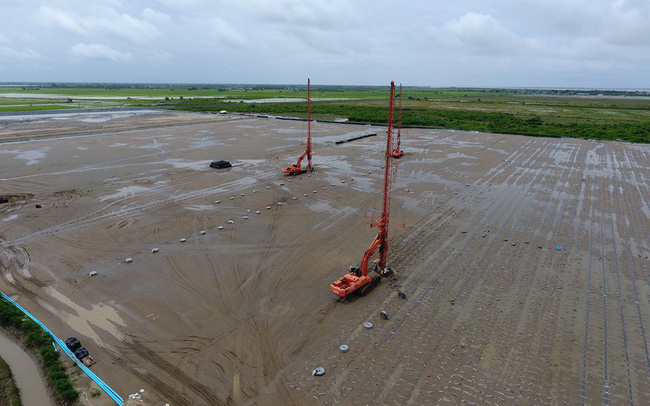
FECON thi công bấc thấm tại dự án Mở rộng cảng Thilawa (Myanmar)
Được biết, Trung Chính là một trong những công ty hàng đầu tại Việt Nam trong lĩnh vực xây dựng cầu đường. Doanh nghiệp này đã tham gia thực hiện rất nhiều dự án như: Cầu Cửa Hội (Hội An), cầu Hưng Hà , Cầu Hoàng Văn Thụ (Hải Phòng), Cao tốc Hà Nội Hải Phòng, Dự án Cầu Bách Lẫm nối Quốc lộ 37 với cao tốc Nội Bài - Lào Cai… Hiện, công ty đang thực hiện một số gói thầu tại dự án Cầu Bago, Yangon, Myanmar với tổng thầu Tokyu Construction (Nhật Bản) về xử lý nền cũng như thi công đúc dầm và lắp dầm bê tông, dầm thép, thi công bản mặt cầu với tổng giá trị hợp đồng khoảng hơn 3 triệu USD. Bên cạnh đó, một gói thầu khác ở dự án cảng quốc tế Sittwe trị giá khoảng 1 triệu USD cũng đã được ký kết với hạng mục thi công cọc thép.
Cũng theo vị này các dự án của FECON dự kiến có thể đem về nhuận ròng từ 15 - 20%, cao hơn so với các dự án tại Việt Nam. 6 tháng cuối năm nay sẽ là thời điểm rất bận rộn của công ty ở Myanmar bởi hàng loạt dự án sẽ triển khai, đồng thời công ty còn đang theo đuổi hàng loạt dự án cầu đường bộ, cảng & đường sắt, đa phần trong số đó là các dự án vốn ODA chính phủ Nhật Bản & do các nhà thầu đến từ Nhật Bản làm tổng thầu. FECON kỳ vọng sẽ ký khoảng 11 triệu USD doanh số từ các dự án tại Myanmar trong năm 2019 và 25 triệu USD trong năm 2020 khi nhận được 30% cơ hội trong số các dự án nêu trên. Có thể thấy, trong xu hướng mở rộng kinh doanh sang các nước khu vực, Myanmar đang cho thấy là một thị trường đầy tiềm năng cho các doanh nghiệp xây dựng Việt Nam đã khẳng định được tên tuổi. Với nhu cầu phát triển hạ tầng bùng phát, với thị trường non trẻ chưa quá nhiều đối thủ cạnh tranh như Myanmar, nhiều doanh nghiệp Việt Nam đã chớp cơ hội để thâm nhập thành công như Hoàng Anh Gia Lai, Viettel hay các nhà thầu xây dựng như FECON, Hòa Bình, Trung Chính. Theo các đơn vị này thì các công ty xây dựng Việt Nam có khá nhiều lợi thế cạnh tranh như: khả năng thiết kế tối ưu hóa, năng lực quản lý dự án, chi phí nhân công và đặc biệt là khá tương đồng văn hóa với Nhật Bản & Myanmar khi mà các Nhà thầu nổi tiếng Nhật Bản đang thống lĩnh thị trường tại đây. (Theo CafeF)

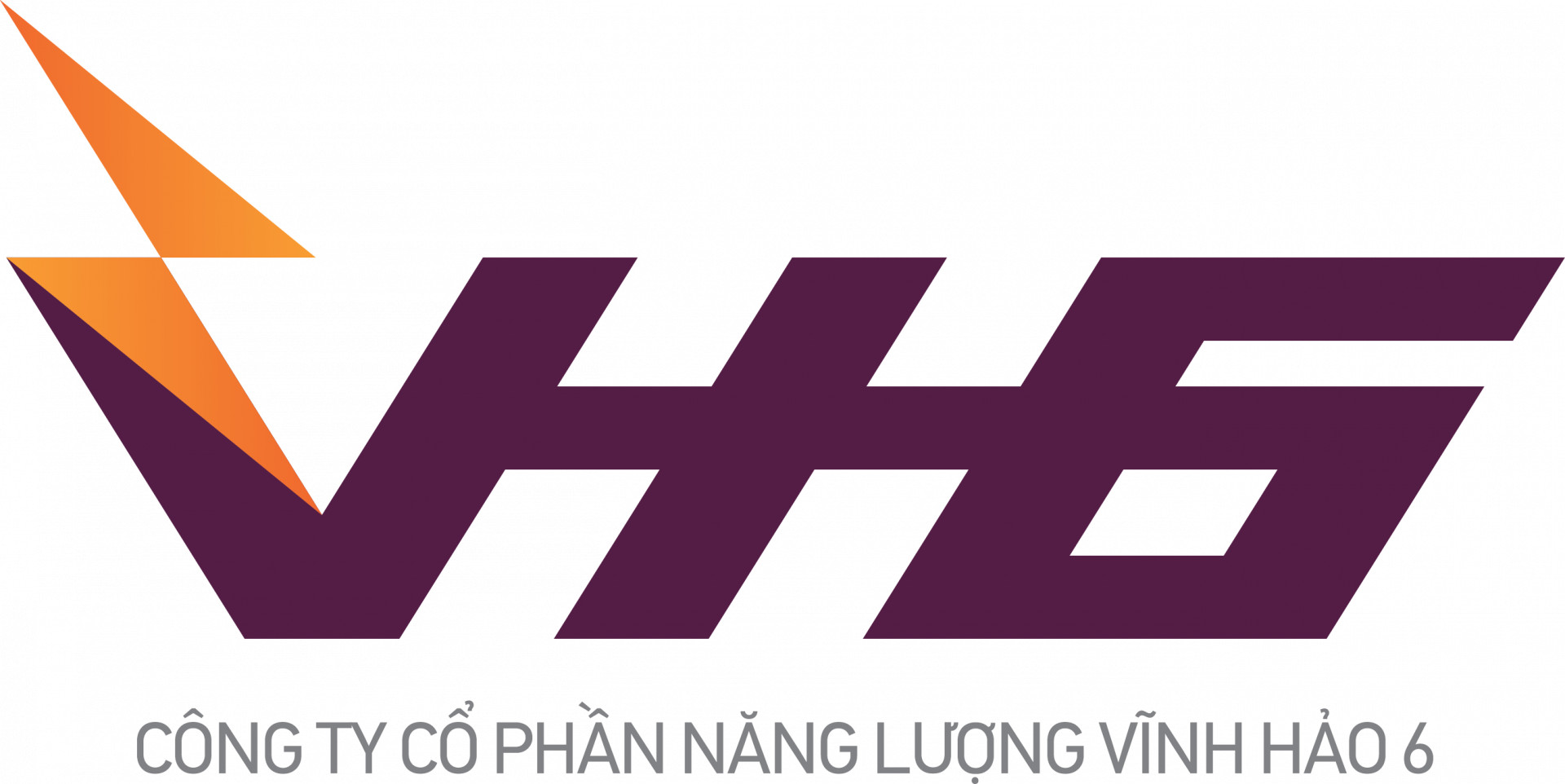
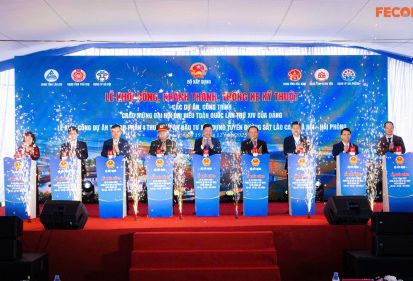

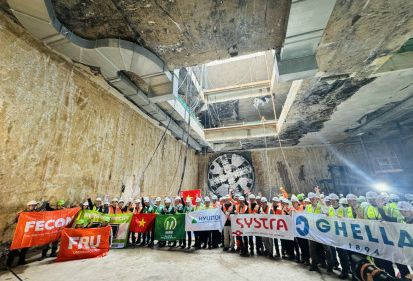
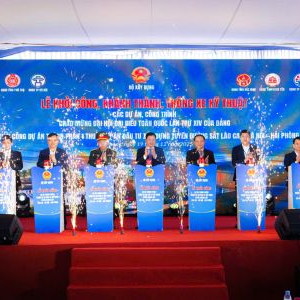

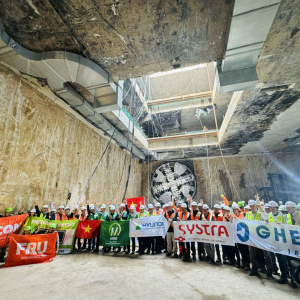


Bình luận